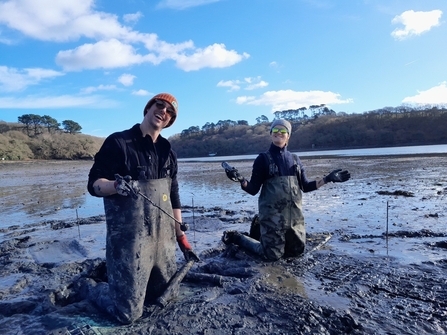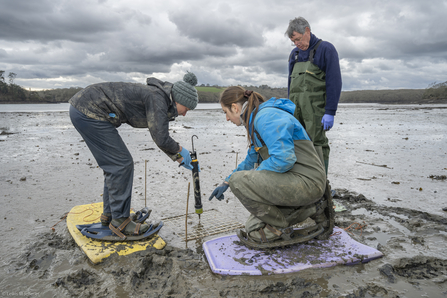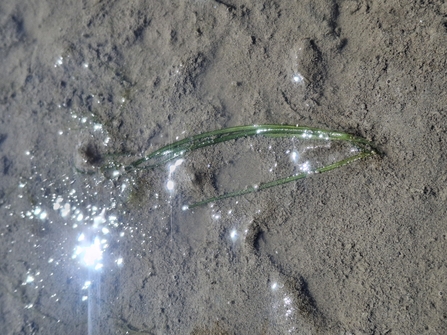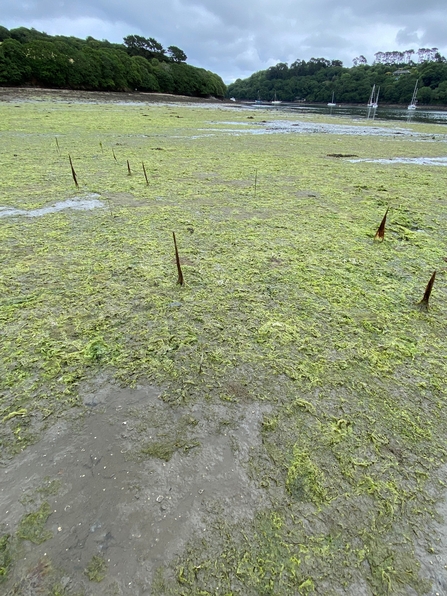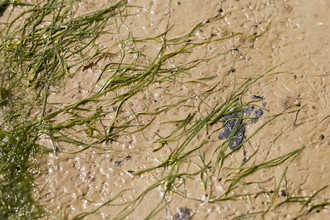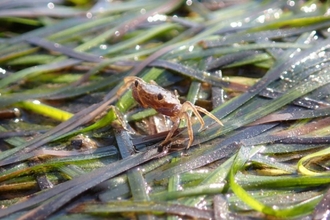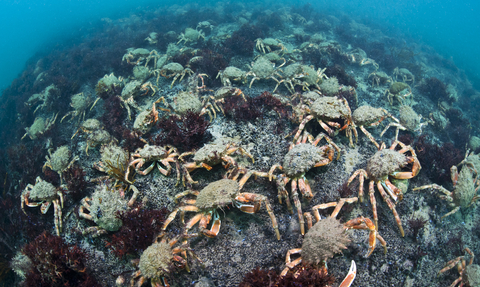The Helford River has seen a glimmer of green hope. For the first time in over 40 years, native intertidal seagrass has successfully regrown in its waters—thanks to the collaborative efforts of Seasalt and Cornwall Wildlife Trust, now in their fourth year of the Seeding Change Together project.
This pioneering initiative is exploring low-carbon, low-cost methods to restore seagrass habitats in Cornwall’s estuaries – ecosystems vital to ocean health.
Intertidal seagrass meadows are fantastic at storing carbon. Data suggests they can capture carbon up to 35 times faster than some tropical rainforests, as well as providing nursery grounds for marine life, and helping to purify the water. Research has shown that these muddy estuarine seagrass beds hold up to four times more carbon than those that are found in deeper waters.

